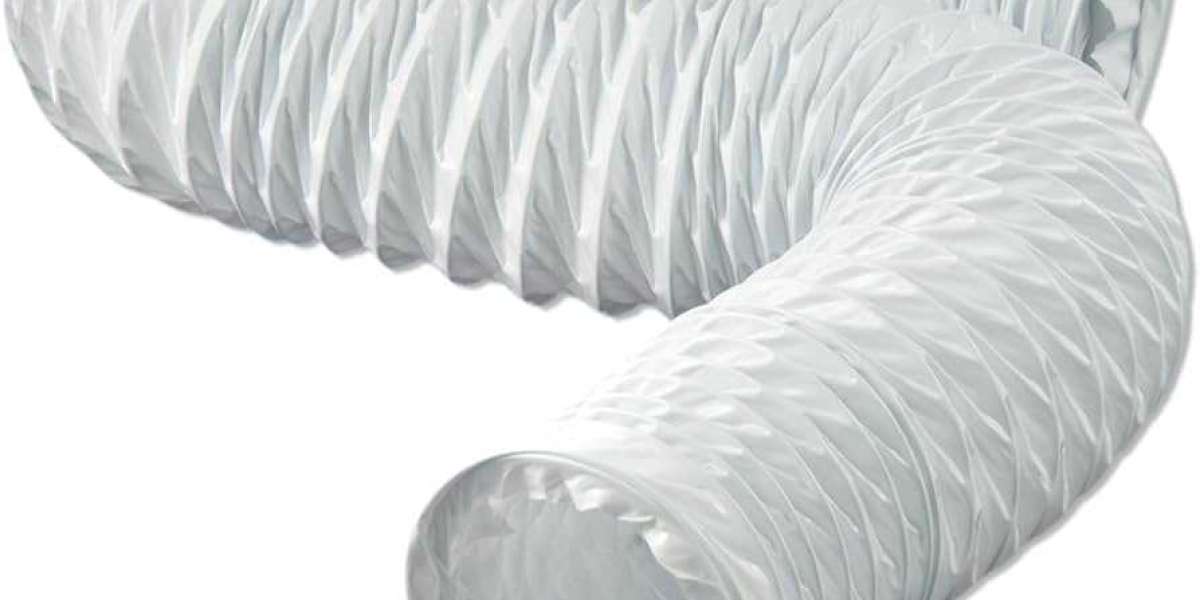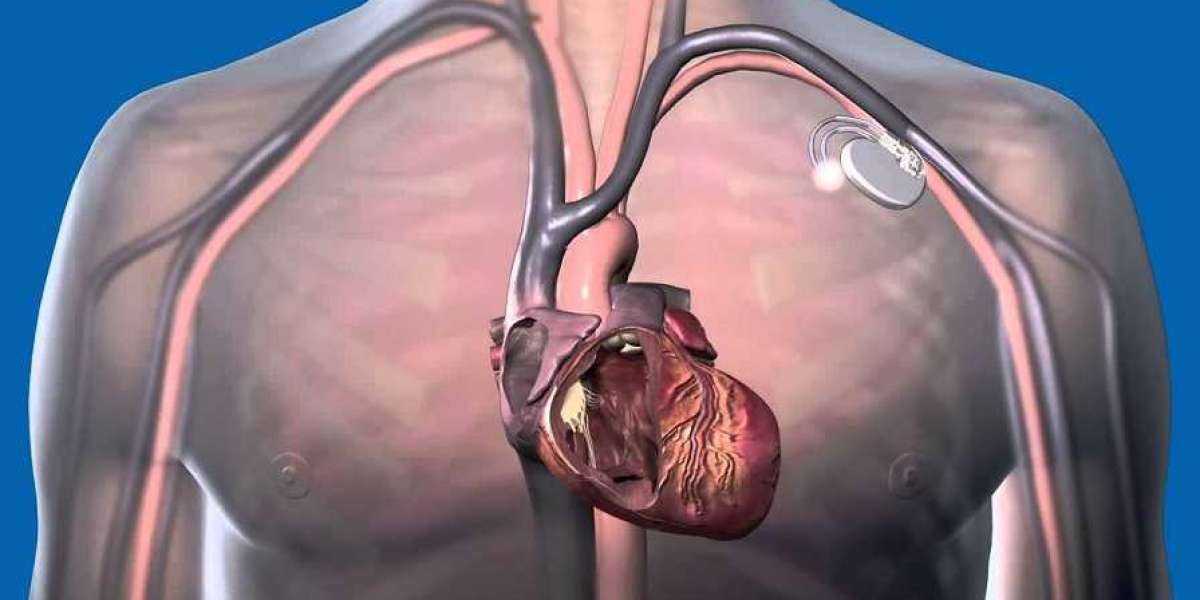When selecting and installing flexible ductwork in HVAC systems, there are several key considerations and best practices that must be observed to ensure optimal performance, energy efficiency, and longevity of the system. Flexible ductwork, commonly used in residential and commercial buildings, offers advantages such as ease of installation and flexibility in routing. However, to maximize these benefits, it is essential to understand the factors that influence the selection process and the installation practices that prevent common issues like airflow restriction and premature wear.
Key Considerations for Selecting Flexible Ductwork
Material Type:Flexible ducts are made from different materials, including plastic, metal, and fiberglass. Each material has its own set of advantages. Plastic (typically polyethylene or PVC) is lightweight and easy to handle. Metal (usually aluminum) offers durability and resistance to wear and tear, while fiberglass provides excellent thermal insulation. The choice of material depends on the specific requirements of the HVAC system, such as the need for insulation, the environmental conditions, and the building codes.
Diameter and Length:
The size of the ductwork is crucial for maintaining proper airflow. The diameter of the flexible duct should match the HVAC system’s design specifications to avoid airflow restrictions or pressure drops. Additionally, while flexible ducts can be extended, it is important to minimize excessive length as this can lead to increased friction and reduced efficiency.
Insulation:
Insulated flexible ducts help in maintaining the temperature of the air being transported, reducing energy loss and preventing condensation. The level of insulation needed depends on the climate and the location of the ductwork within the building. In cooler climates or unconditioned spaces like attics and basements, higher insulation levels are necessary.
Fire Rating:
Safety regulations often require that ductwork used in HVAC systems meets certain fire safety standards. It is important to ensure that the flexible ductwork selected is appropriately fire-rated according to local building codes.
If you want to shop online then visit our website.
Best Practices for Installing Flexible Ductwork
Minimize Bends and Kinks:To maintain efficient airflow, flexible ducts should be installed with as few bends and kinks as possible. Each bend increases resistance and can reduce airflow, making the system less efficient. When bends are necessary, they should have a large radius to minimize resistance.
Support and Suspension:
Proper support and suspension of flexible ductwork are essential to prevent sagging and stress points. Ducts should be supported at regular intervals using straps or hangers, and care should be taken to avoid sharp bends at the support points.
Sealing and Connections:
All connections between flexible ducts and other components of the HVAC system must be properly sealed to prevent air leaks. Use appropriate duct tape or mastic to ensure airtight seals at joints, and secure connections with clamps or zip ties as needed.
Avoid Compression:
Flexible ducts should not be compressed or squeezed into tight spaces, as this can significantly reduce their diameter and impede airflow. Proper planning during installation can help avoid these issues by ensuring there is sufficient space for the ductwork.
Compliance with Codes:
Always ensure that the installation of flexible ductwork complies with local building codes and industry standards. This includes adherence to fire safety regulations, insulation requirements, and proper labeling of ductwork.
Conclusion
Selecting and installing flexible ductwork in HVAC systems requires careful consideration of material types, size, insulation, and fire ratings. During installation, minimizing bends, ensuring proper support, sealing connections, avoiding compression, and adhering to building codes are critical practices that ensure the efficiency, safety, and longevity of the system. By following these guidelines, HVAC professionals can ensure that flexible ductwork performs optimally, providing reliable and energy-efficient heating and cooling to buildings.














